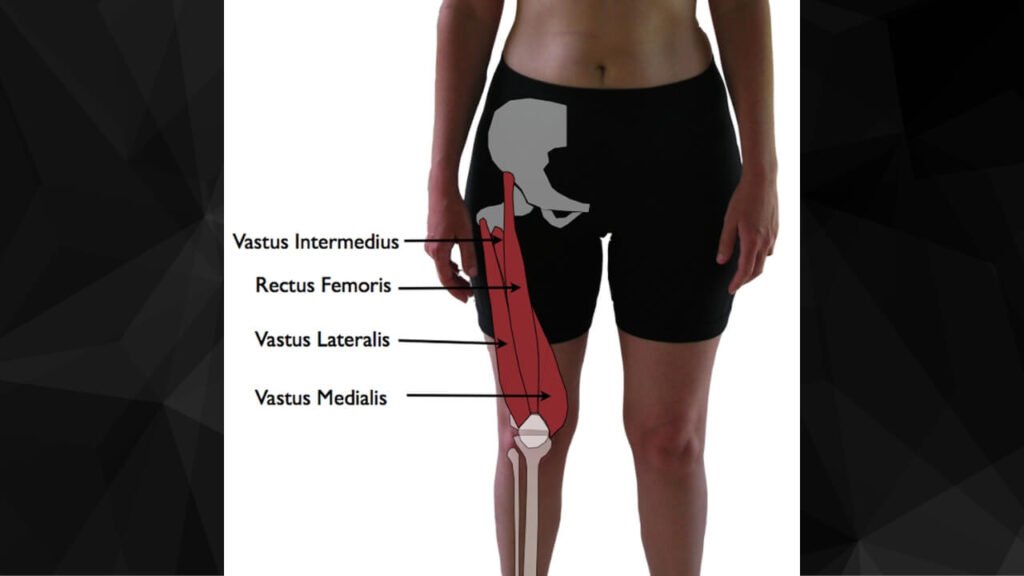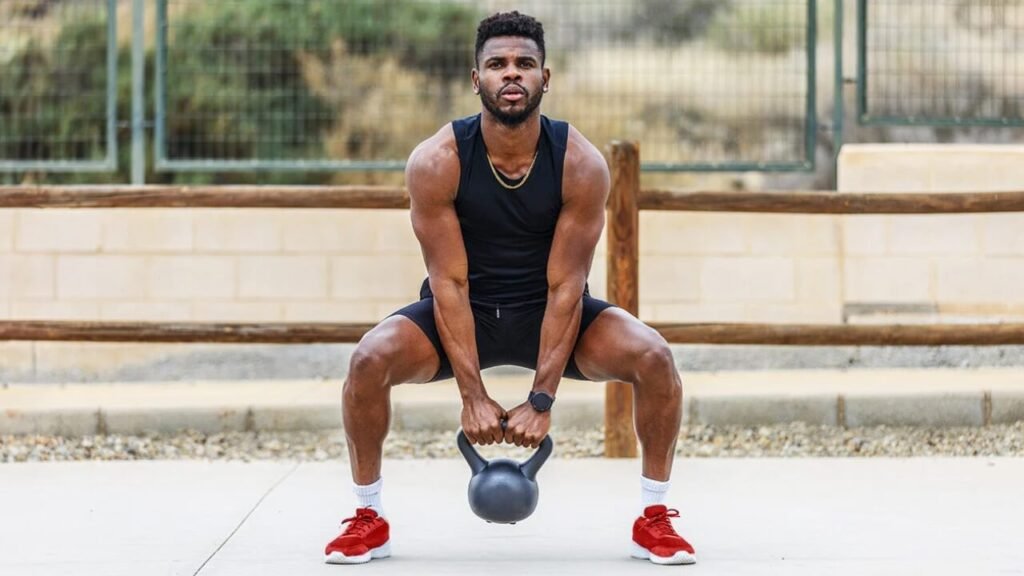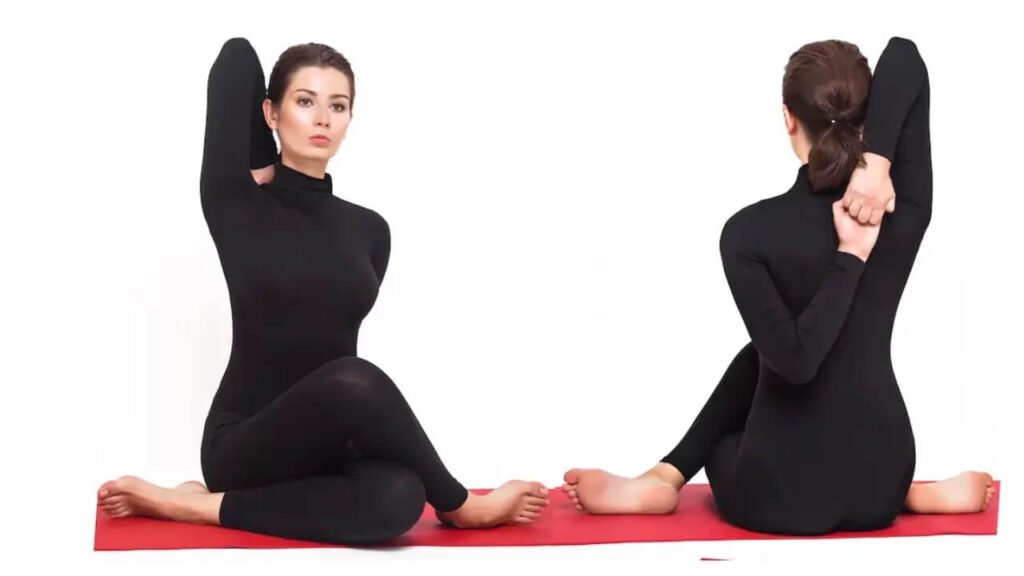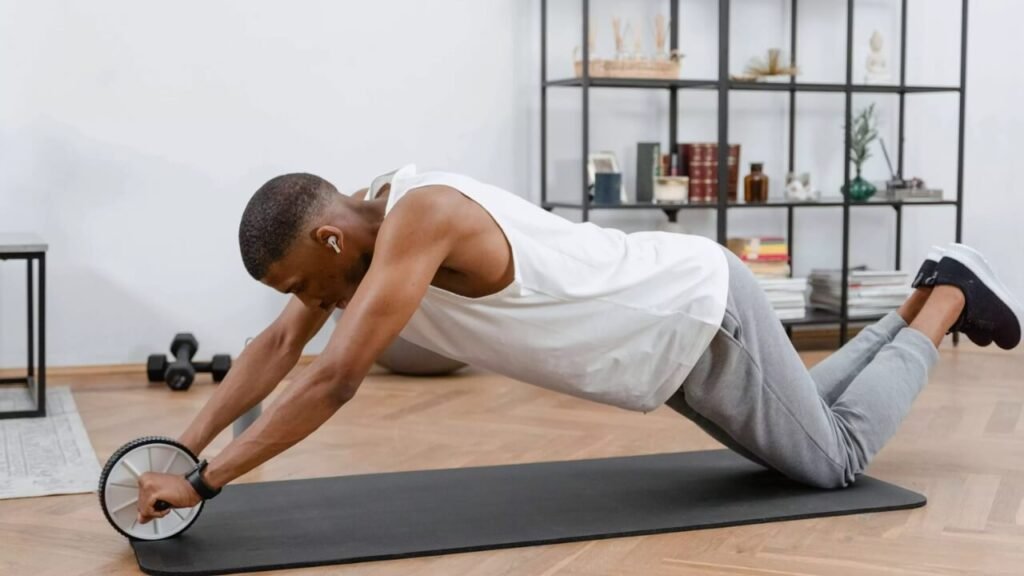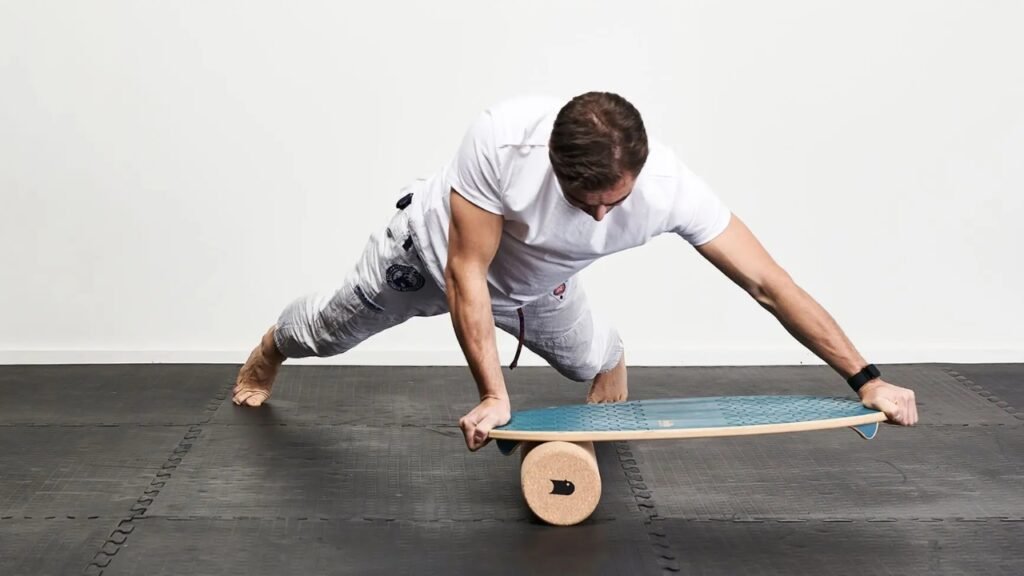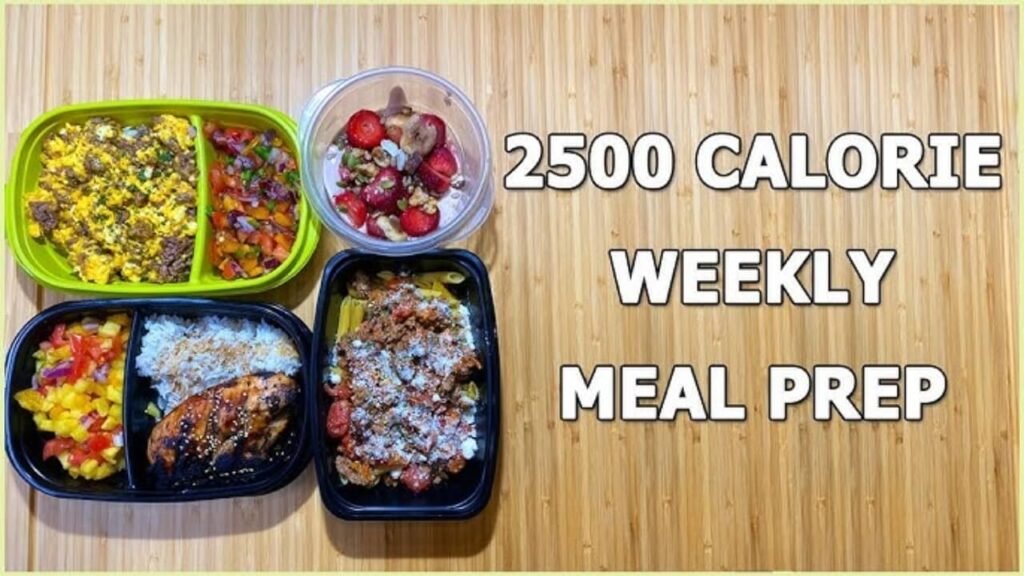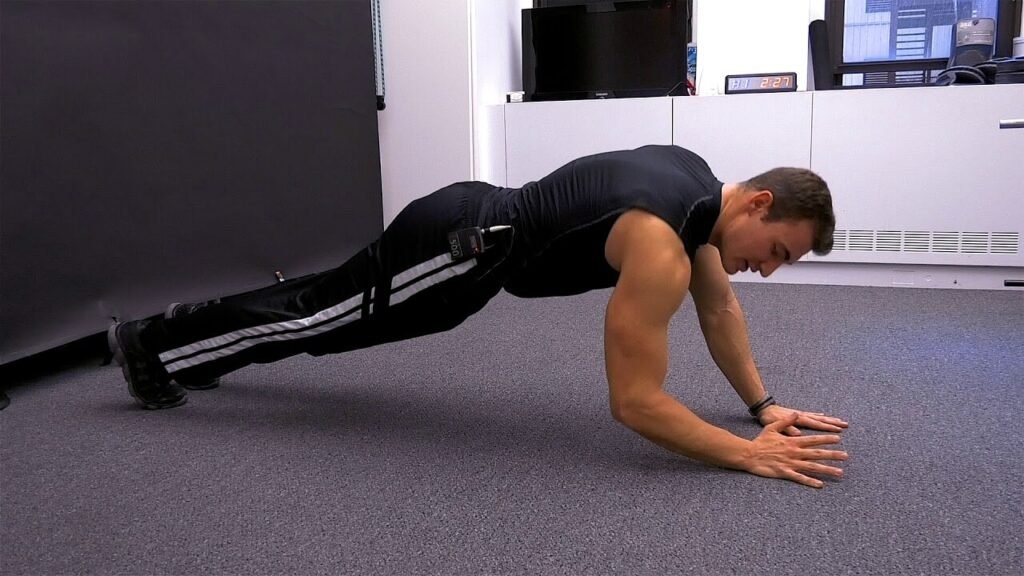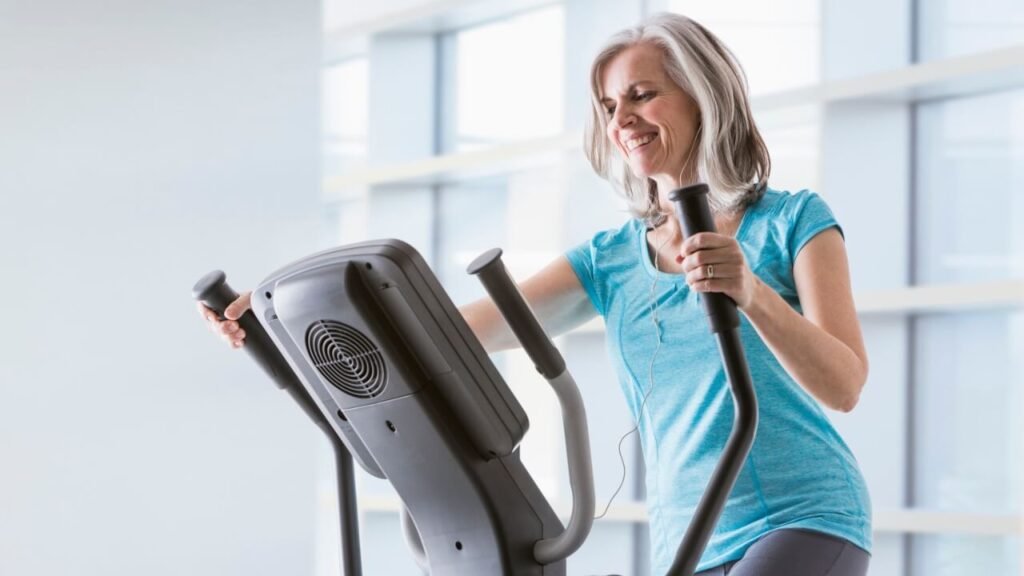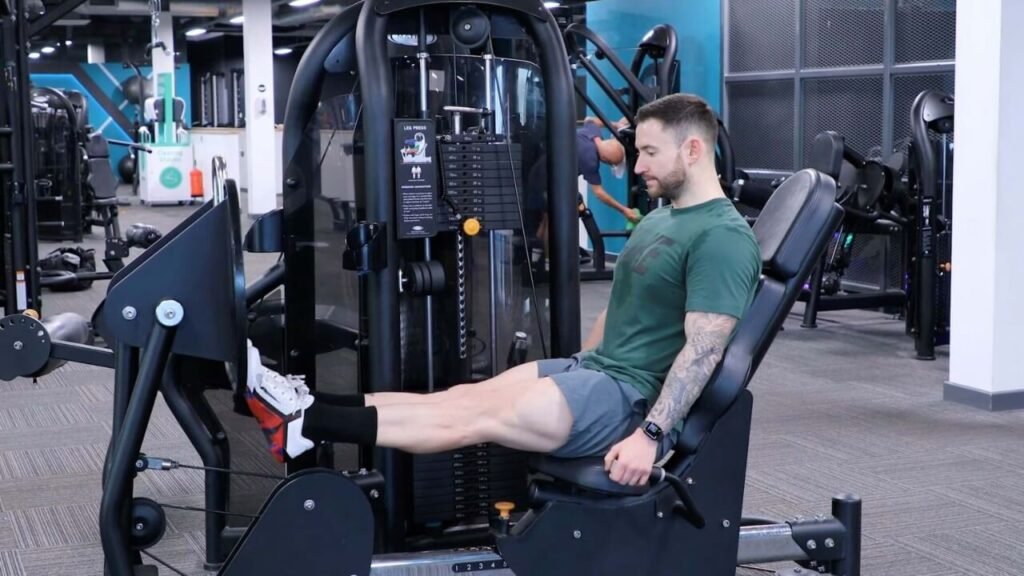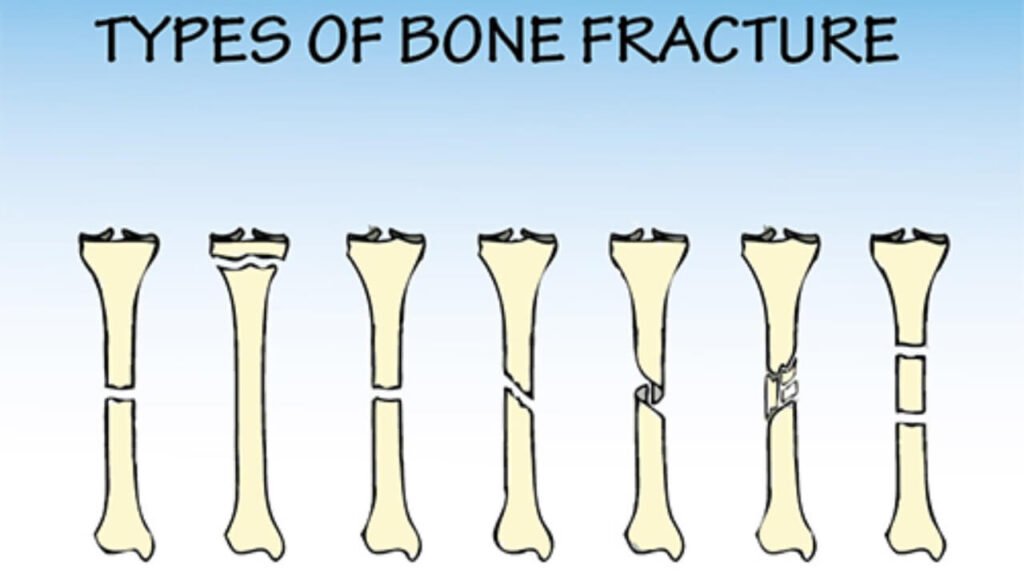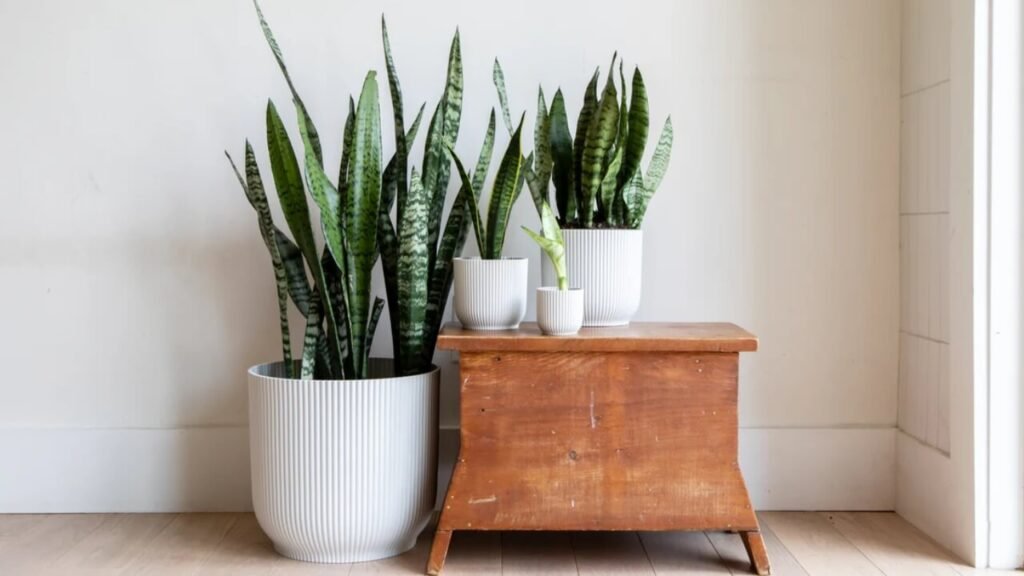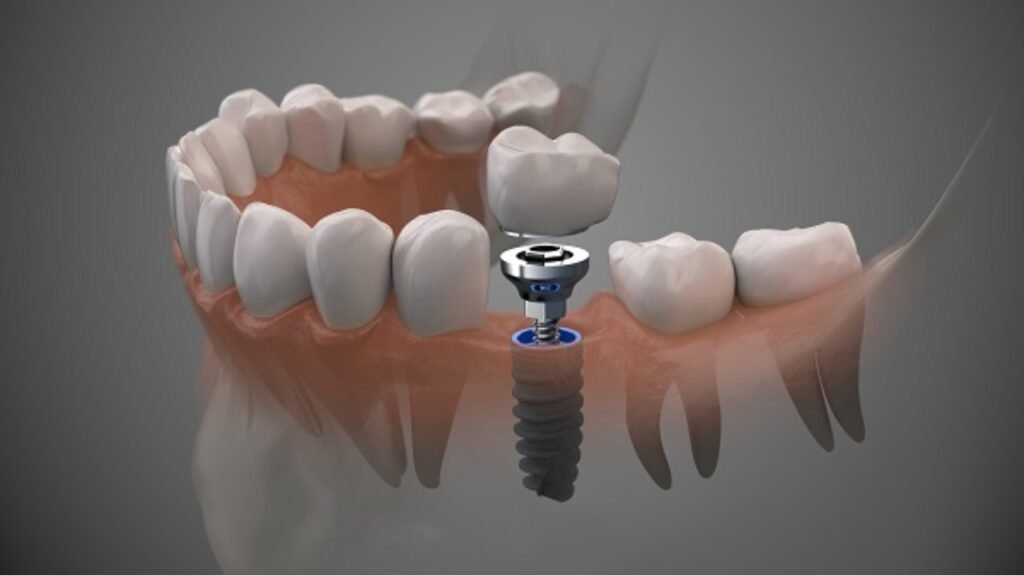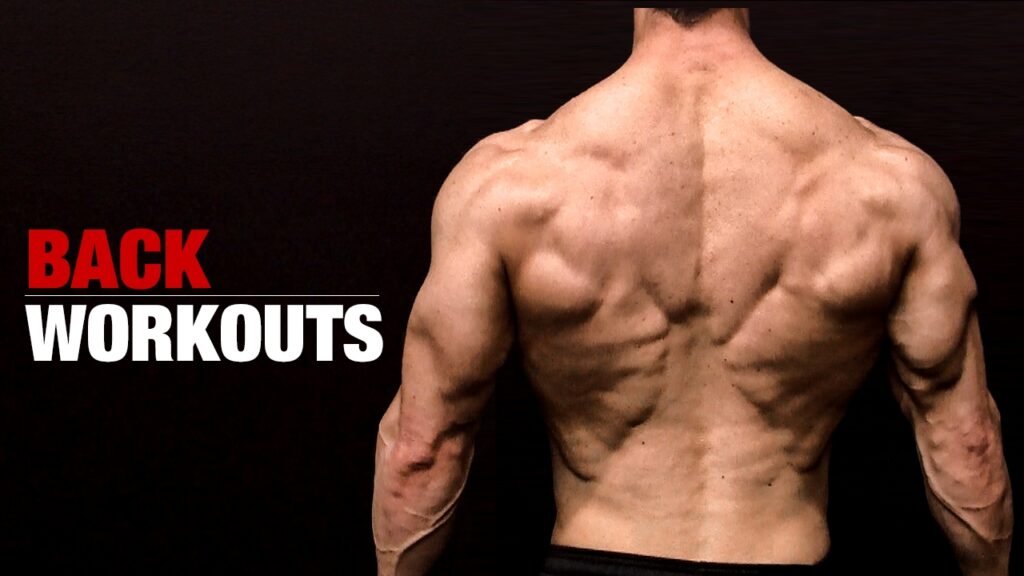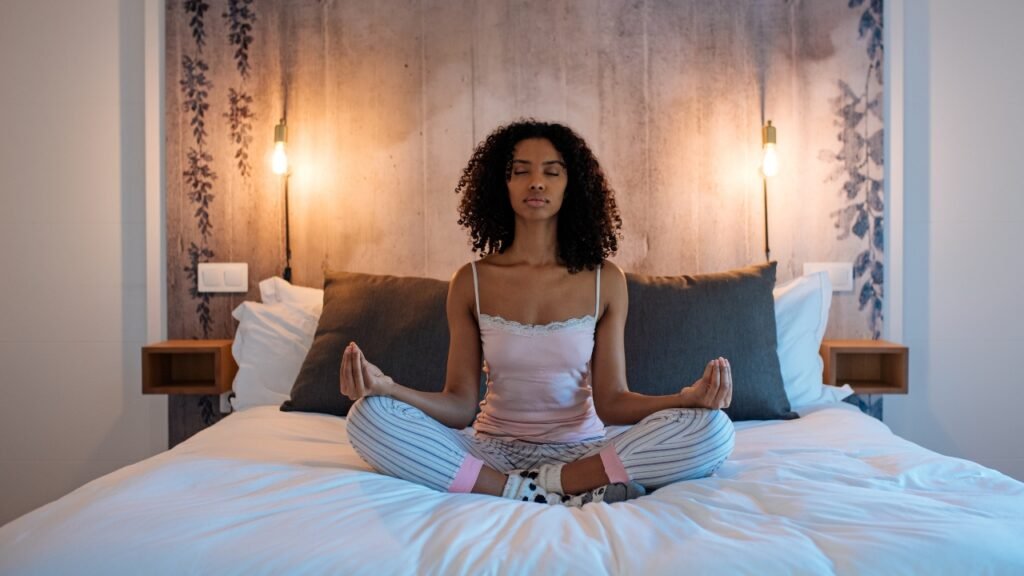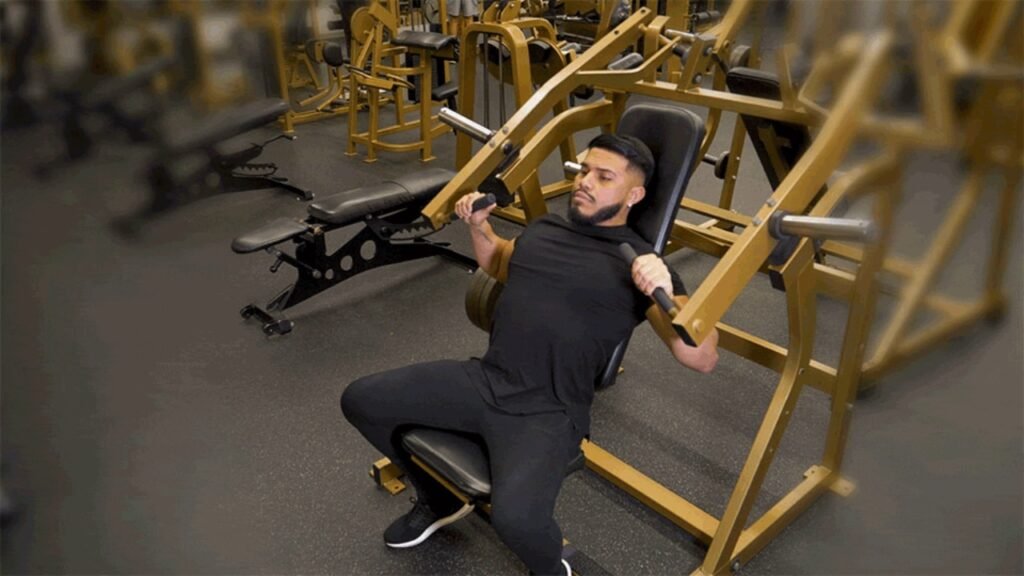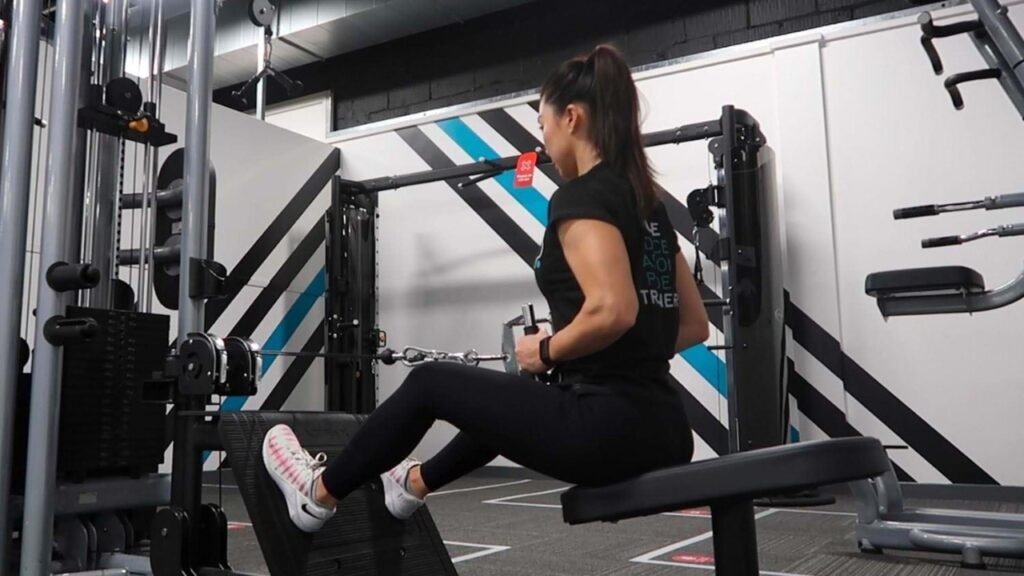Foldable Exercise Bike REVOLUTION: Get Fit in Tiny Spaces
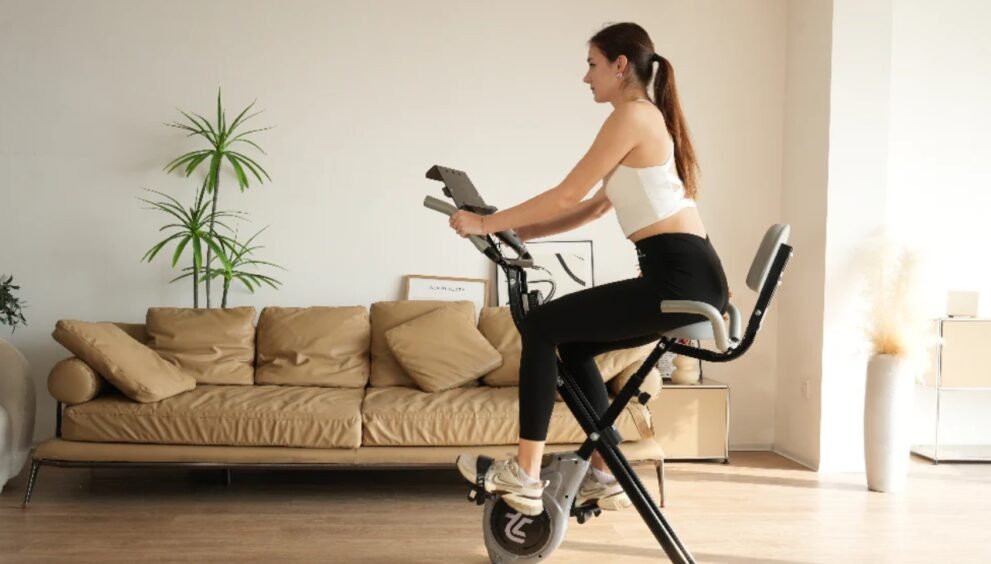
In today’s fast-paced world, finding time and space for fitness can feel like a luxury many Americans simply can’t afford. Gym memberships require commutes and commitment, while traditional home exercise equipment often demands a significant chunk of precious living space. Imagine wanting the benefits of cycling – improved cardiovascular health, weight management, and boosted endurance – without sacrificing your entire spare room or cluttering your apartment living area. This is where the ingenious design of the foldable exercise bike comes into play, offering a powerful, space-saving solution that’s transforming how people approach home fitness. This guide will delve deep into the world of these compact workout companions, exploring their benefits, key features, what real users think, and how to choose the perfect one for your needs.
What Exactly is a Foldable Exercise Bike?
At its core, a foldable exercise bike is a type of stationary bicycle designed specifically for easy storage. Unlike its bulkier, fixed-frame counterparts, this innovative equipment features a mechanism, typically an X-frame design or a similar collapsible structure, allowing it to fold down significantly. When folded, its footprint shrinks dramatically, making it easy to slide into a closet, tuck under a bed, or stand unobtrusively in a corner. Consequently, these bikes bridge the gap between wanting robust exercise equipment and living in space-constrained environments like apartments, condos, or smaller homes.
There are generally two main types of foldable exercise bikes mirroring traditional stationary bikes: upright and semi-recumbent. Upright foldable bikes mimic the posture of a regular road bike, engaging core muscles more actively and providing a slightly more intense workout posture. Conversely, semi-recumbent foldable bikes often feature a small backrest and a more relaxed seating position, which can be more comfortable for longer sessions or for individuals with back concerns. Both types, however, share the primary advantage of collapsibility, making them incredibly versatile for diverse living situations. The fundamental mechanics usually involve a flywheel, a resistance system (often magnetic), pedals, and a basic console to track metrics, all packed into a frame engineered to fold.
The Unbeatable Benefits: Why Choose a Folding Bike?
The appeal of foldable exercise bikes extends far beyond their compact nature, although that is undeniably a major draw. They offer a compelling package of advantages that cater perfectly to the modern American lifestyle. Understanding these benefits can help clarify why they’ve become such a popular choice for home fitness enthusiasts.
The Obvious: Space-Saving Superpower
Let’s address the most significant advantage first: space efficiency. For apartment dwellers or those in homes without dedicated gym space, finding room for exercise equipment is a constant battle. A traditional treadmill or elliptical can dominate a room, making it feel cluttered and less functional for daily living. The foldable exercise bike elegantly solves this problem. After your workout, a few simple steps allow you to collapse the bike and reclaim your floor space. This feature is not just convenient; it’s often the deciding factor for individuals who previously thought effective home cardio equipment was simply out of reach due to spatial limitations. Imagine finishing a vigorous morning ride and then easily stowing the bike away before starting your workday at your desk in the same room – this is the reality these bikes enable.
Convenience is King
The sheer convenience offered by having accessible fitness equipment at home cannot be overstated. There’s no need to pack a gym bag, drive through traffic, or adhere to gym operating hours. Whether you have a spare 20 minutes before work, during a lunch break, or while watching your favorite show in the evening, your bike is right there, ready to go. This accessibility significantly lowers the barrier to entry for consistent exercise. Furthermore, factors like weather or childcare arrangements become non-issues. This ease of access fosters routine, making it far more likely that you’ll stick to your fitness goals long-term compared to relying solely on external facilities. It puts you in complete control of your workout schedule.
Budget-Friendly Fitness
Compared to many other types of cardio equipment and ongoing gym membership fees, foldable exercise bikes often represent a more economical investment. While prices vary based on features and build quality, there are many reliable options available at accessible price points. Consider the long-term cost: a one-time purchase of a folding bike can be significantly cheaper than years of monthly gym dues. Additionally, you save on associated costs like gas for commuting to the gym, specialized workout attire often preferred in public settings, and potential initiation fees. This makes achieving consistent cardiovascular exercise more attainable for individuals on a tighter budget, democratizing access to effective home workouts.
Effective Cardio Workout
Despite their compact size and often lower price point, foldable exercise bikes provide a genuinely effective cardiovascular workout. Cycling is a fantastic low-impact exercise, meaning it’s easier on your joints (knees, hips, ankles) compared to high-impact activities like running. This makes it suitable for a wide range of fitness levels, including beginners, seniors, or those recovering from injuries. Regular cycling sessions improve heart health, increase lung capacity, aid in weight management by burning calories, build lower body strength (quads, hamstrings, glutes), and can even boost mood through the release of endorphins. Many models offer adjustable resistance levels, allowing you to tailor the intensity of your workout as your fitness improves, ensuring you continue to challenge yourself.
Key Features to Consider Before Buying Your Foldable Exercise Bike
Not all foldable bikes are created equal. Making an informed decision requires looking beyond the folding mechanism and considering several key features that directly impact your workout experience, comfort, and the longevity of the bike. Paying attention to these details will help ensure you select a model that truly meets your needs.
Resistance Levels and Type
Resistance is what makes your workout challenging. Most foldable exercise bikes utilize magnetic resistance, which is generally preferred because it offers a smoother, quieter ride and requires less maintenance than older friction-based systems. Look for bikes with multiple levels of adjustable magnetic resistance – typically 8 levels or more. This allows you to start easy and progressively increase the intensity as you get fitter. Some higher-end models might offer more levels or even automatically adjusting resistance if they connect to fitness apps. Consider your current fitness level and future goals; a bike with limited resistance might become too easy relatively quickly if you plan on significant improvement.
Stability and Build Quality
Given their folding nature, stability can be a concern, especially with budget models. Look for bikes with a solid steel frame, a wide base, and leveling end caps to ensure it doesn’t wobble excessively during use, particularly during more intense sessions. Check the maximum user weight capacity – ensure it comfortably exceeds your own weight for safety and durability. Online reviews, particularly those mentioning stability during vigorous pedaling, can be very insightful here. A wobbly bike is not only annoying but potentially unsafe, so prioritize sturdy construction. Remember, while a foldable exercise bike saves space, it still needs to provide a secure platform for your workout.
Comfort Factor
Comfort is crucial for sticking with any exercise routine. Key comfort elements on a foldable bike include the seat (saddle) and handlebar adjustability. Seats on foldable bikes are notoriously criticized in user reviews for being small or hard. Look for models with larger, well-padded seats, or consider purchasing a separate gel seat cover for added cushioning – a common recommendation found on forums like Reddit. Height adjustability for the seat is standard, but ensure the range accommodates your height. Some models also offer adjustable handlebars, which can improve overall riding posture and comfort, especially during longer workouts. If possible, trying a bike briefly or carefully reading user reviews focusing on comfort for people of similar height/build can be very helpful.
Display and Tech Features
Most foldable exercise bikes come with a basic LCD monitor that tracks essential metrics like time, speed, distance, calories burned, and sometimes pulse (via sensors integrated into the handlebars). While usually not as sophisticated as consoles on high-end commercial bikes, this basic feedback is valuable for monitoring progress. Consider if you need more advanced features. Some newer models offer Bluetooth connectivity to sync with fitness apps on your smartphone or tablet, providing access to guided workouts, progress tracking, and virtual riding experiences. Decide if these tech integrations are important to you or if a simple, functional display is sufficient.
Noise Level
If you live in an apartment or plan to exercise while others are sleeping or working nearby, the noise level of the bike is an important consideration. As mentioned, magnetic resistance systems combined with belt drives (rather than chain drives) are generally the quietest options, producing minimal operational noise beyond a soft whirring sound. Check product descriptions and user reviews specifically mentioning noise levels. A quiet bike ensures you can work out anytime without disturbing housemates or neighbors, further enhancing its convenience.
Ease of Folding and Portability
How easily does the bike actually fold and unfold? Look for a simple, intuitive folding mechanism that doesn’t require excessive strength or complex steps. Most utilize an X-frame that collapses inwards. Also, consider the folded dimensions to ensure it fits your intended storage space. Transport wheels are another crucial feature – these small wheels, usually located on the front or rear stabilizer, allow you to easily roll the folded bike to and from its storage spot without heavy lifting. This seemingly small detail significantly impacts the day-to-day usability of the bike.
Expert Insight: Getting the Most Out of Your Ride
Choosing the right bike is only the first step. To truly benefit, consistency and proper use are key. We spoke with Dr. Anya Sharma, Certified Personal Trainer and Kinesiologist, who shared this valuable perspective:
“Consistency trumps intensity, especially when starting out with any new fitness routine. The beauty of a home-based solution like a foldable bike is that it dramatically lowers the friction to getting started each day. It removes the barrier of ‘getting to the gym,’ making it easier to build that crucial habit right at home. Focus on establishing a regular schedule, even if it’s just 15-20 minutes initially. Ensure your seat height is adjusted correctly – you should have a slight bend in your knee at the bottom of the pedal stroke – to maximize efficiency and minimize strain. Don’t underestimate the power of gradual progression; slowly increase duration or resistance over time.”
Real Talk: What Users (Like You!) Say – Insights from the Trenches (and Reddit)
Product descriptions and expert opinions are helpful, but sometimes the most practical insights come from everyday users sharing their experiences on platforms like Reddit (subreddits like r/homegym or r/Fitness often feature relevant discussions). Common themes emerge when discussing foldable exercise bikes.
Many users praise the undeniable convenience and space-saving aspects, echoing the core benefits. Positive comments frequently highlight how these bikes enabled them to start or maintain a fitness routine where it wasn’t previously possible due to space or time constraints. The affordability is also a recurring plus point, making home cardio accessible. Users appreciate the low-impact nature, especially those with joint issues.
However, common criticisms also surface, particularly regarding lower-priced models. Seat comfort is perhaps the most frequent complaint, with many users recommending aftermarket gel covers or padded shorts. Stability can be another issue; some report wobbling, especially during faster pedaling or for heavier individuals, reinforcing the importance of checking build quality and weight limits. Another point often raised is that the maximum resistance on many foldable models might not be challenging enough for very fit individuals or serious cyclists accustomed to higher-intensity training. Lastly, the basic nature of the consoles on many models is sometimes mentioned as a drawback for those seeking more advanced tracking or interactive features. Reading these real-world experiences helps set realistic expectations for your folding bike.
Making the Right Choice for Your Space and Goals
So, how do you synthesize all this information to choose the best foldable exercise bike for you? It comes down to prioritizing based on your individual circumstances and fitness objectives.
If you live in a very small apartment and primarily need a machine for light-to-moderate cardio a few times a week, a basic, reliable model focusing on ease of folding, quiet operation, and a small folded footprint might be perfect. Prioritize stability within your budget range and be prepared to potentially invest in a seat cover.
If you’re a bit more serious about your cycling or plan to use the bike frequently for longer durations, investing a bit more in a model with higher maximum resistance, enhanced stability features, better comfort (adjustable handlebars, better seat), and perhaps basic app connectivity could be worthwhile. Check the weight capacity carefully.
Consider your technical aptitude and desires. If you love data and guided workouts, look specifically for models with Bluetooth and app compatibility. If you just want to pedal while watching TV, a simple LCD console tracking basics is perfectly adequate and can save you money.
Ultimately, weigh the factors: space available (measure your storage area!), budget, fitness level and goals, comfort needs, and desired tech features. Read recent, detailed reviews from users with similar profiles to yours. Choosing the right model means finding the sweet spot where convenience, functionality, and your personal requirements align.
Conclusion: Fold Up Your Excuses, Unfold Your Potential
This type of bike stands out as a remarkably practical and effective solution for incorporating cardiovascular fitness into the modern American home. It tackles the pervasive issue of limited space head-on, removing a significant barrier that prevents many from pursuing their health goals. Offering convenience, affordability, and a solid low-impact workout, these bikes empower individuals to take control of their fitness journey on their own terms and schedules.
While it’s important to consider factors like stability, comfort, and resistance levels to find the model that best suits your needs – drawing insights from both expert advice and real-world user experiences – the fundamental value proposition remains strong. By carefully selecting the right features and committing to consistent use, this equipment can be more than just a piece of equipment; it can be a catalyst for a healthier, more active lifestyle, all without demanding a permanent takeover of your living space. So, fold up those old excuses, find the bike that fits your life, and unfold your fitness potential.
Pull Training UNLEASHED: The Shocking Secret to a Monster Back and Huge Biceps!












